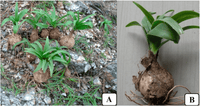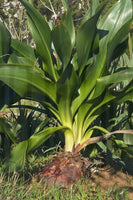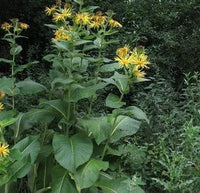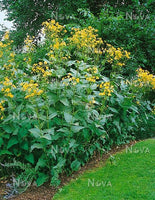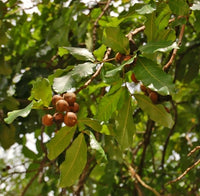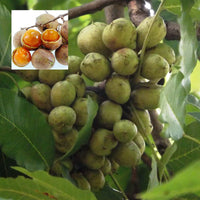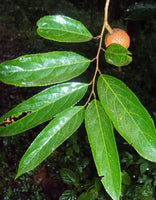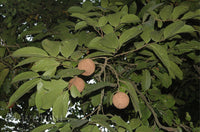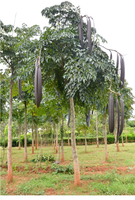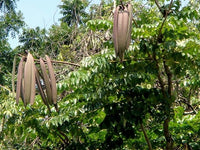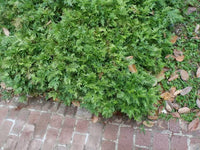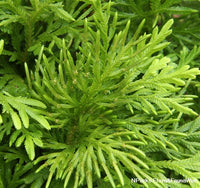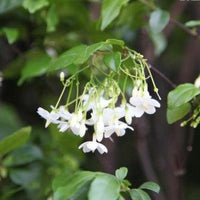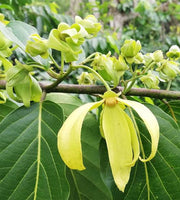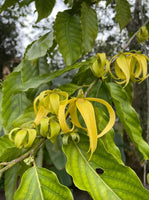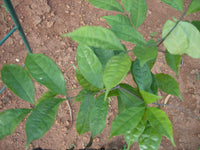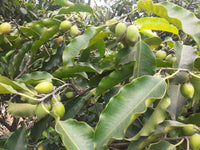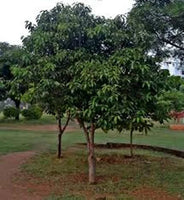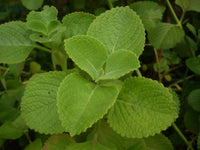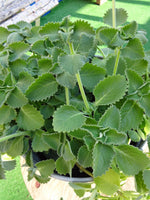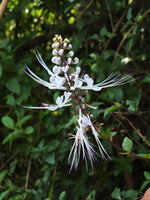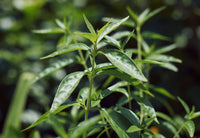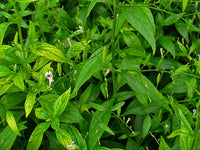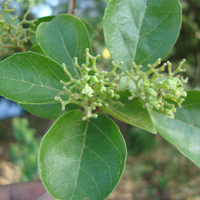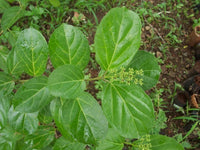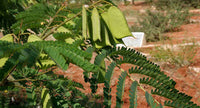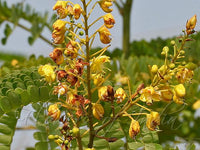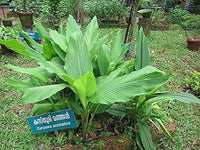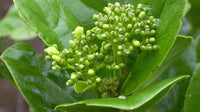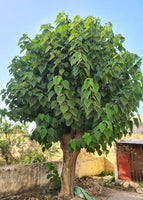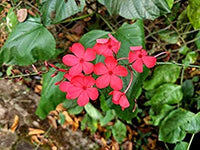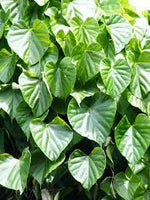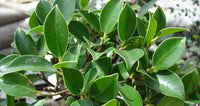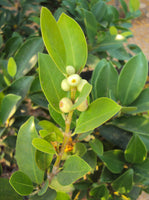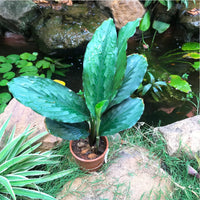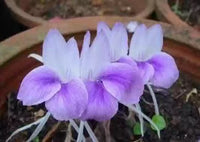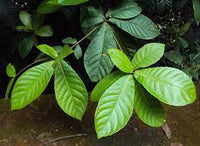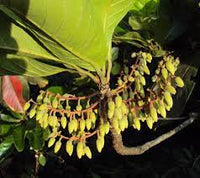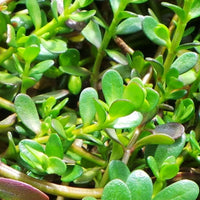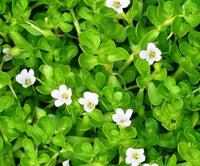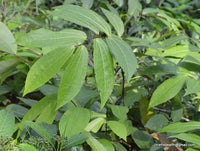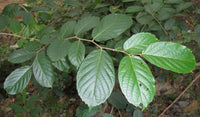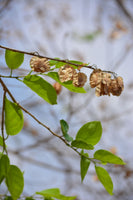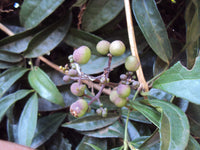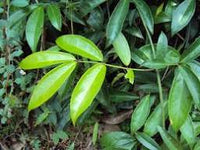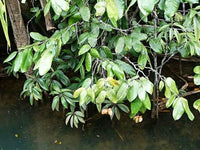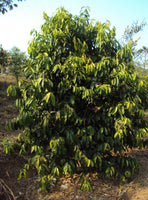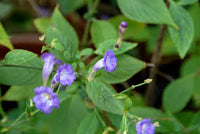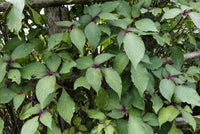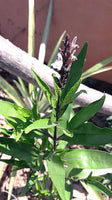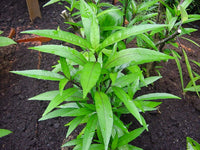The term “rosewood” often refers to several species of trees known for their valuable, dense, and richly colored hardwoods. Here’s an overview of rosewood plants and their characteristics:
Rosewood Tree Overview
1. Types of Rosewood:
-
Dalbergia rosewood:
- Common Name: Rosewood
- Region: Native to tropical regions of Central and South America, including countries like Brazil and Bolivia.
- Characteristics: Known for its dark, reddish-brown to purple heartwood with a fine grain.
-
Dalbergia nigra:
- Common Name: Brazilian Rosewood
- Region: Native to Brazil.
- Characteristics: Highly prized for its dense, dark brown to purple heartwood with striking grain patterns.
-
Dalbergia latifolia:
- Common Name: Indian Rosewood or Sonokeling
- Region: Native to India and parts of Southeast Asia.
- Characteristics: Recognized for its dense, dark brown to blackish heartwood with a fine texture.
-
Dalbergia sissoo:
- Common Name: Sheesham or Indian Rosewood
- Region: Native to the Indian subcontinent.
- Characteristics: Features medium to dark brown wood with streaks of darker hues, commonly used in furniture and carvings.
2. Description:
-
Appearance:
- Height: Rosewood trees can grow up to 15-30 meters (50-100 feet) tall.
- Trunk: Typically has a straight trunk with a diameter that can exceed 1 meter (3.3 feet).
- Leaves: Compound leaves with multiple leaflets, generally arranged alternately on the stem.
- Flowers: Small, typically fragrant flowers arranged in clusters. The color varies among species.
- Fruits: Pods that contain seeds. The appearance of the pods can vary by species.
3. Uses:
- Furniture and Carpentry: Rosewood is highly valued for its use in high-quality furniture, cabinetry, and flooring due to its durability and rich appearance.
- Musical Instruments: Used in making fine musical instruments, such as guitars, pianos, and clarinets, because of its excellent tonal qualities.
- Decorative Items: Commonly used in carving intricate designs for decorative objects and art pieces.
4. Cultivation and Care:
- Soil: Prefers well-drained soils, but can adapt to a range of soil types. Avoid waterlogged conditions.
- Sunlight: Requires full sunlight for optimal growth.
- Watering: Needs regular watering, especially during dry periods. Once established, it is relatively drought-tolerant.
- Temperature: Thrives in tropical and subtropical climates. It is sensitive to frost and requires protection in colder regions.
- Fertilization: Regular feeding with a balanced fertilizer can promote healthy growth, especially during the early stages.
5. Propagation:
- From Seeds: Soak seeds in water for 24 hours before planting. Sow in well-drained soil and keep the soil consistently moist until germination, which can take several weeks.
- From Cuttings: Hardwood cuttings can be taken and treated with rooting hormone to improve success rates. Plant in a moist, well-drained medium.
6. Conservation and Legal Considerations:
- Endangered Status: Some species of rosewood, such as Dalbergia nigra and Dalbergia latifolia, are listed as endangered due to overharvesting and habitat loss. International trade is regulated under CITES (Convention on International Trade in Endangered Species).
- Sustainable Practices: Opt for sustainably sourced rosewood or alternatives if possible to support conservation efforts and reduce the impact on endangered species.
Additional Information:
- Economic Value: Due to its high value and demand, rosewood is subject to illegal logging and trade, leading to conservation concerns.
- Alternatives: For those seeking similar aesthetics, consider using sustainably sourced hardwoods or high-quality veneers.
Rosewood trees are highly prized for their wood’s beauty and utility. However, their conservation status necessitates responsible sourcing and usage to ensure that these valuable resources are preserved for future generations.





































